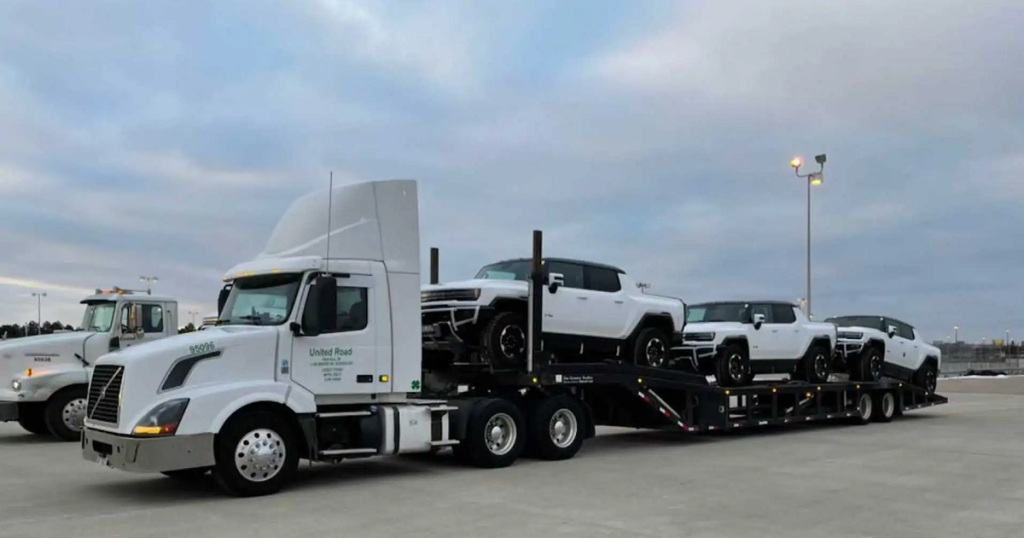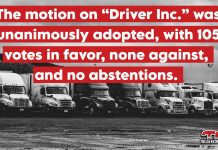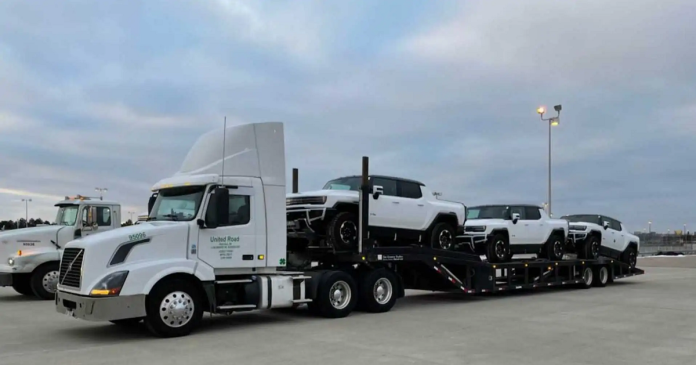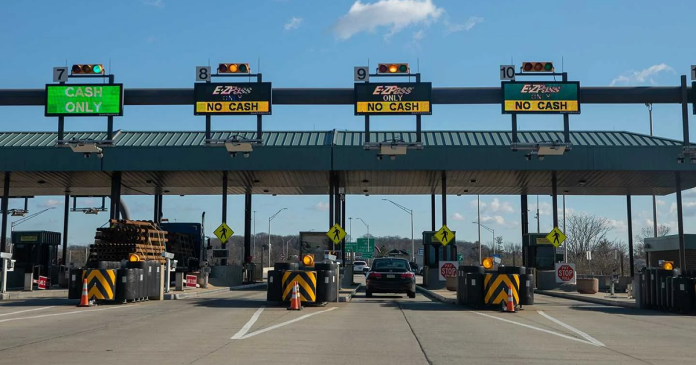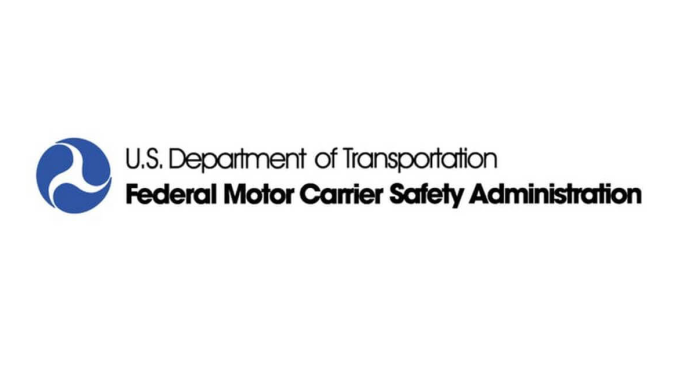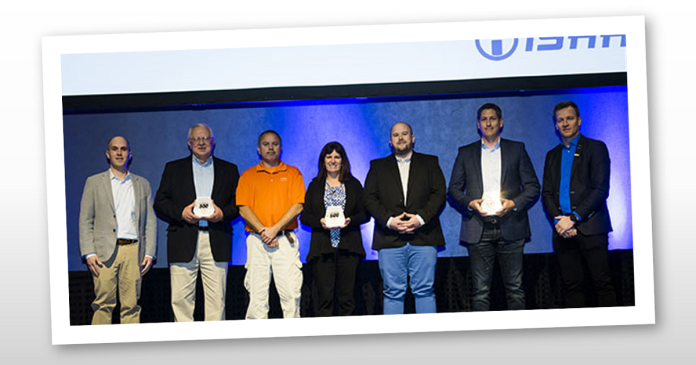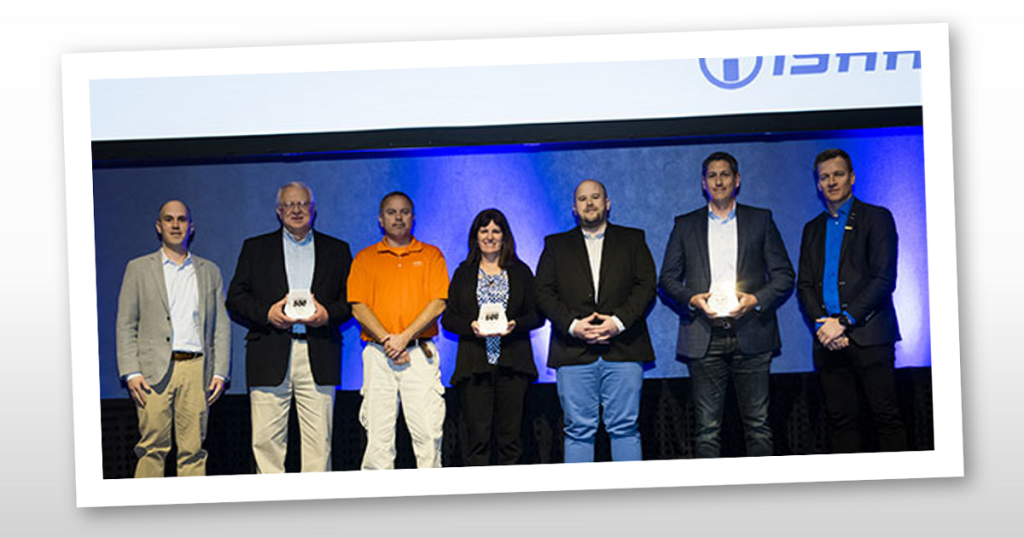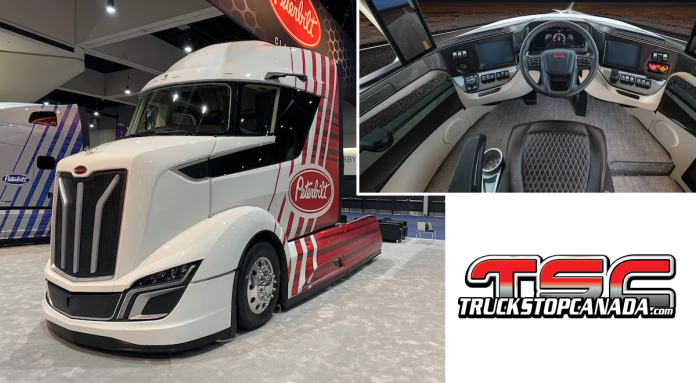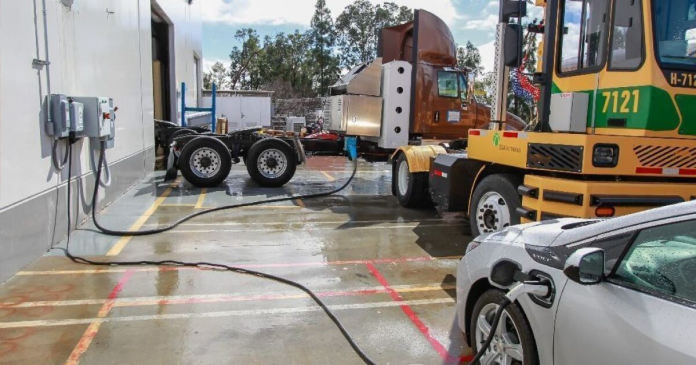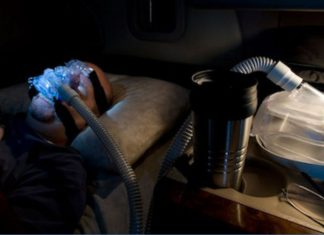At the age of 9 Wylliam was an angry child who already wanted to commit suicide, being bullied. Can we really blame children when we see the behavior of adults, of parents, serving as role models, and the flood of disrespectful comments that run rampant on social media?
Sadly, few schools or workplaces are bully-free, and the trucking world is no different. In an industry where stereotypes are present, for some, it seems like trucking is still an area where it is impossible to take your place without playing it tough. Not just for truckers, but also in the offices, the lounges, and the garages. Some even fear that this could discourage new prospects from integrating the industry in a sustainable way.
How many truckers, mechanics, or dispatchers have moved into the transportation business and had to fight to earn the respect that should be the basis of any relationship? How many others have simply given up, leaving their dreams behind, because these battles are beyond their strength or simply not worth the price?
There are also those for whom bullying comes in the form of humor. Those who either feel the need to entertain, find gratification, or simply out of frustration, relentlessly ridicule their co-workers. Not having the assignments, they want, they may for example go after the dispatcher. Or, for the glory of a moment, make fun of a colleague in trouble, not always realizing that what they say demonstrates more who they are, rather than the victim themselves. Ugly words never make the person who says them better.
“Timber transportation is a hard world and when you arrive without any knowledge or work colleagues, you start with 2 strikes”, explains Marc who was a supervisor. “Very difficult to be accepted by the people, you gotta go through a lot of intimidation. The worst thing is that the person who replaced me went through the same thing as me. I can see that it hasn’t changed, even after 10 years. ”
“I am the first broker in the company and it does not suit the drivers, because I make a lot of money and there is so much jealousy…” adds Steven.
Some will say that these victims were perhaps not fast enough, not good enough, or not smart enough, but no reason can justify the intimidation or the lack of respect toward others. To be strong, to be courageous is to denounce situations quickly and with respect to human resources.
Bullying doesn’t just start at school or in the workplace, but in our homes, it is in the way we address others and how we talk about the people around us. It is in the comments we make on given subjects, in the way we communicate and how we live and think.
It takes shape in oneself, in one’s self-esteem, in one’s vision of life and of others, when we entertain denigrating thoughts or let our fears, our misunderstandings, and our disagreements express themselves with harsh words, which are not worthy of the light we carry within us.
Let’s not ignore bullying, let’s not let ugly words pass us by, let’s be models of respect, greatness of soul and strength, and courage for our colleagues, but above all, let’s do it for the sake of our children.
By Sophie Jacob
